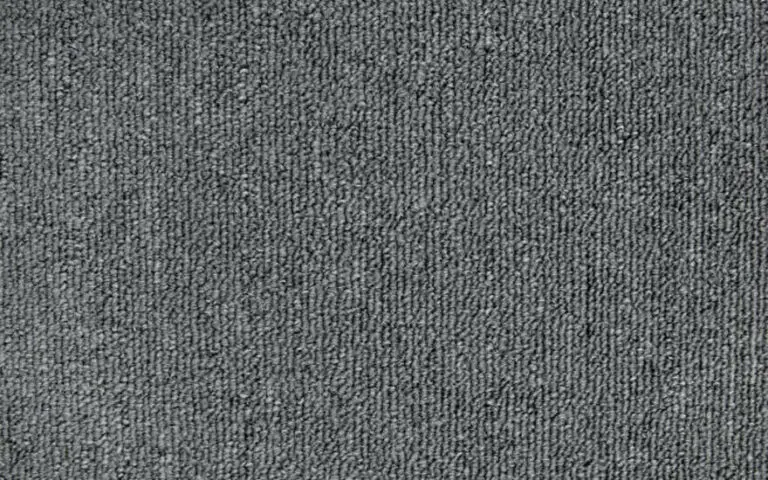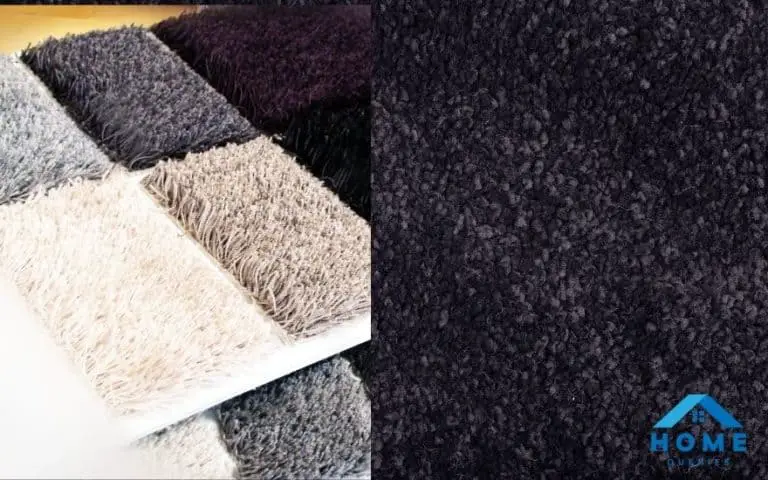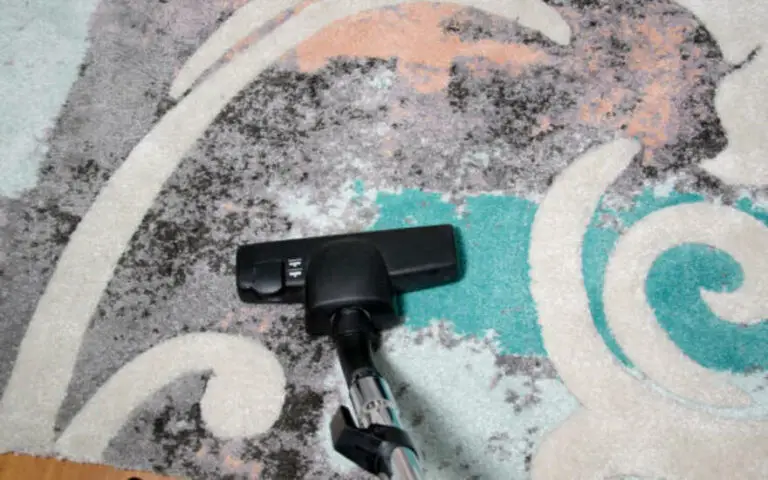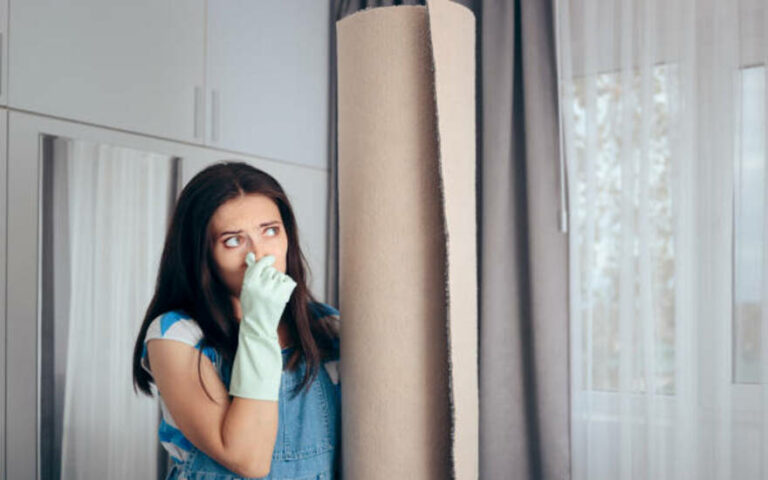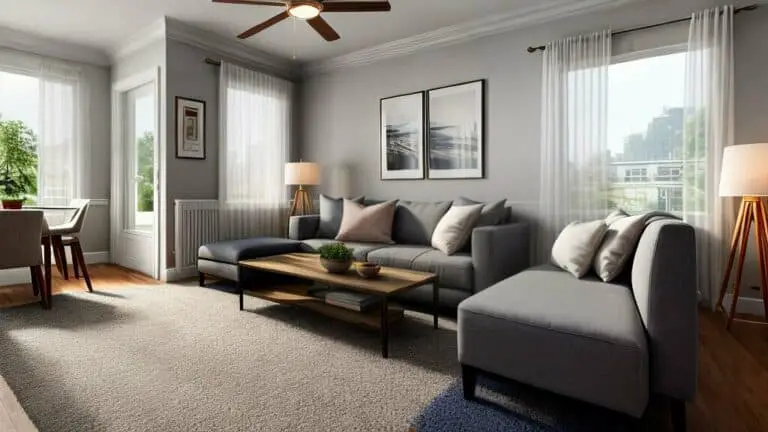If so, then this blog post is for you! In this article, I’ll explain why waterproof carpet underlay is the perfect choice for homeowners looking to keep their carpets dry and damage-free.

Is Carpet Underlay Waterproof?
Yes, carpet underlay can be waterproof. It is essential to select the correct type of underlay for the job, as not all are designed to be waterproof. Car Builders Water Proof Carpet Underlay is an ideal choice, as it is a single layer closed cell foam that does not hold water.
This makes it suitable for rooms with heavy foot traffic and areas with high moisture levels, such as bathrooms and kitchens. It also works great as a thermal and acoustic barrier, making it perfect for caravans. Ustik® Rubber waterproof underlay is another excellent choice, offering high-quality recycled rubber with a high grab backing that prevents slipping. Both options provide excellent protection from water damage, making them the intelligent choice for your home.
What Is Moisture Barrier Carpet Padding?
Moisture barrier carpet padding is a type of padding that has a water-resistant seal on top to prevent liquids from soaking down into the carpet. It’s ideal for homeowners who want to protect their carpets from spills, pet accidents, and other liquid sources.
The moisture barrier helps keep carpets looking and smelling fresh while adding an extra cushioning layer underneath the rug. Thick eight lb. density carpet pads with SpillSafe moisture barriers are trendy and offer superior protection against water damage. With the proper installation methods, moisture barrier carpet padding can help prolong the life of your carpets and keep them looking great for years to come.
Why Is Moisture Barrier Carpet Padding Needed?
Moisture barrier carpet padding may be needed if you live in an area that experiences a lot of moisture. This type of padding is sealed with a water barrier to prevent moisture from penetrating the carpet and causing damage.
It is almost waterproof, so it is more effective than any other type of padding in keeping your floors dry and protect them from water damage. The added protection also helps extend the life of your carpet, which is why many homeowners opt for this type of padding. Installing moisture barrier carpet padding can be an excellent investment for your home and carpets.
How Does Moisture Barrier Carpet Padding Work?
Moisture barrier carpet padding prevents moisture from reaching the underlying carpet and flooring. It is a type of vinyl-backed foam that is sealed with a water barrier on the top, which prevents liquids from seeping through the padding and onto the underlying carpet or flooring.
This type of padding also helps protect against pet accidents, spills, and other drinks that could otherwise damage the carpet or flooring. The barrier helps to keep the area dry and free from moisture damage. The padding also serves as an insulator, helping to keep the room warm and comfortable. With proper installation and maintenance, moisture barrier carpet padding can help protect your carpet or flooring for years.
What Are the Benefits of Installing Moisture Barrier Carpet Padding?
Installing moisture barrier carpet padding has several benefits. Not only does it help to reduce noise, but it also extends the life of your carpet and adds an extra layer of protection against small spills and pet urine. It is almost waterproof, so you won’t have to worry about moisture seeping through and causing damage. Plus, it’s easy to install and requires minimal maintenance. With moisture barrier carpet padding in place, you can rest assured that your carpets will look great for years.
What Should You Look For When Choosing Moisture Barrier Carpet Padding?
When choosing the proper moisture barrier carpet padding for your home, there are a few key factors to consider. Firstly, you should look for a quality product designed to withstand long-term use. Secondly, look for a product that has a practical and durable moisture barrier. This barrier will help keep liquid from soaking into your carpet and potentially damaging it.
You should also consider the type of carpet you have when selecting padding. Memory foam padding is excellent for providing extra cushioning and comfort but may not be suitable for all kinds of carpets. Finally, always make sure that you follow the manufacturer’s instructions when installing the padding to ensure its effectiveness and longevity.
What Are the Different Types of Moisture Barrier Carpet Padding?
When it comes to moisture barrier carpet padding, there are a few different types to choose from. There is the traditional felt padding, which is made from synthetic and natural fibers. This padding is excellent for cushioning your feet and helps protect your carpet from wear and tear.
There is also rubber padding, which provides a waterproof barrier that prevents liquids from seeping through. Another type of moisture barrier padding is foam, an excellent choice if you want extra protection against spills. Regardless of the type of padding you choose, ensure it is correctly sealed around the edges for maximum safety.
What Are the Different Installation Methods for Moisture Barrier Carpet Padding?
When it comes to installing moisture barrier carpet padding, there are several different methods available. The most common forms are double stick, stretch fit, and wood laminate/floating floor installation. The double bar is the most popular method, using double-sided adhesive tape to secure the padding to the floor.
Stretch fit is a less common method, but it stretches the padding over the subfloor and secures it with an adhesive. Wood laminate/floating floor installation is a newer method that involves laying down a thin layer of padding over the subfloor, then securing it with an adhesive. Each method has pros and cons, so it’s essential to research and choose the one that best suits your needs.
How to Properly Care for and Maintain Moisture Barrier Carpet Padding?
Caring for and maintaining moisture barrier carpet padding is essential for prolonging its lifespan and protecting your carpets from liquid spills. Regular vacuuming of the padding will help remove dirt and debris, and spot cleaning should be done immediately after falls.
It is also essential to check for any existing moisture damage before installation, as this could cause the padding not to perform correctly. Additionally, ensure the moisture barrier is facing up for maximum protection and the padding is correctly sealed around the edges.
Finally, do not use staples when installing your padding, as this can create weak areas in the material. By following these tips, you can ensure that your moisture barrier carpet padding keeps your carpets safe from liquid damage for many years.
Common Mistakes to Avoid When Installing Moisture Barrier Carpet Padding
When installing moisture barrier carpet padding, there are some common mistakes you should avoid. First and foremost, never use staples when installing carpet padding. This can damage the padding and reduce its effectiveness.
Ensuring the padding is correctly sealed around the edges is also essential. This will help ensure that any liquids are contained within the padding instead of seeping into your home’s subfloor or other areas. Additionally, ensure the moisture barrier is facing up to get maximum protection from any potential water damage.
Finally, it’s wise to check for any existing moisture damage before you install the new padding. Failing to do this could result in water or moisture trapped beneath the carpeting, leading to mold and mildew growth. By avoiding these common mistakes, you can ensure that your moisture barrier carpet padding provides
1. Do not use staples when installing carpet padding.
When installing moisture barrier carpet padding, one of the most important things to remember is that you should never use staples. This can cause tearing and damage to the carpet and padding and cause moisture to seep through the cracks.
Instead, use tape or a unique adhesive to secure the edges of the padding. Ensure all edges are properly sealed so no moisture can get through. Additionally, check for any existing moisture damage before installation, as this can cause problems with the carpet and padding down the line. Following these guidelines will ensure that your carpet and padding remain safe and secure for years to come.
2. Make sure the padding is correctly sealed around the edges.
When installing moisture barrier carpet padding, one of the most critical steps is ensuring the padding is correctly sealed around the edges. This helps ensure the moisture barrier is facing up to provide maximum protection against water damage.
It also helps to prevent any liquids from seeping through the seams, which could further damage your carpet and subfloor. Use a high-quality adhesive or tape to properly seal the edges of your moisture barrier carpet padding. This will help keep your carpet padding in place and provide extra protection against moisture.
3. Ensure the moisture barrier is facing up for maximum protection.
When installing moisture barrier carpet padding, ensuring the moisture barrier is facing up for maximum protection is essential. This ensures that any liquid that does get past the top layer of the padding does not soak into the subfloor.
The best way to ensure this is to use Master Guard Rebond Pad with Spill Trap, which has a built-in water barrier that offers better protection than standard felt rug pads. Additionally, it would be best if you always faced the soft side of the felt rug pad down so that it properly seals around the edges.
By taking these steps and avoiding common mistakes such as using staples or failing to check for existing moisture damage, you can guarantee that your hardwood floor or the carpeted area will remain protected from water vapor and other liquid spills!
4. Check for any existing moisture damage before installation.
Before installing a moisture barrier carpet padding, checking for any existing moisture damage is essential. This can include checking for signs of water damage or dampness in the subfloor. If you find any existing moisture damage, addressing this before installing the moisture barrier carpet padding is essential.
This will ensure the moisture barrier can effectively protect against future liquid damage. Ensuring the padding is correctly sealed around all the edges is also necessary, providing additional protection.
Summary
In summary, carpet underlay and underpad are essential components of a carpeted floor. Carpet underlay is a shock absorber, helping carpets bounce back from heavy wear and footfall. Underpad is installed beneath mats and helps extend your carpet’s life. Both need to be the correct thickness to be effective, with the underlay needing at least 200 microns thick and the underpad needing at least 70 microns thick.
Moisture barrier padding is also available for extra protection from water damage. When installing moisture barrier carpet padding, it is essential to ensure that it is correctly sealed around the edges, that the moisture barrier is facing up for maximum protection, and that any existing moisture damage is checked before installation.

